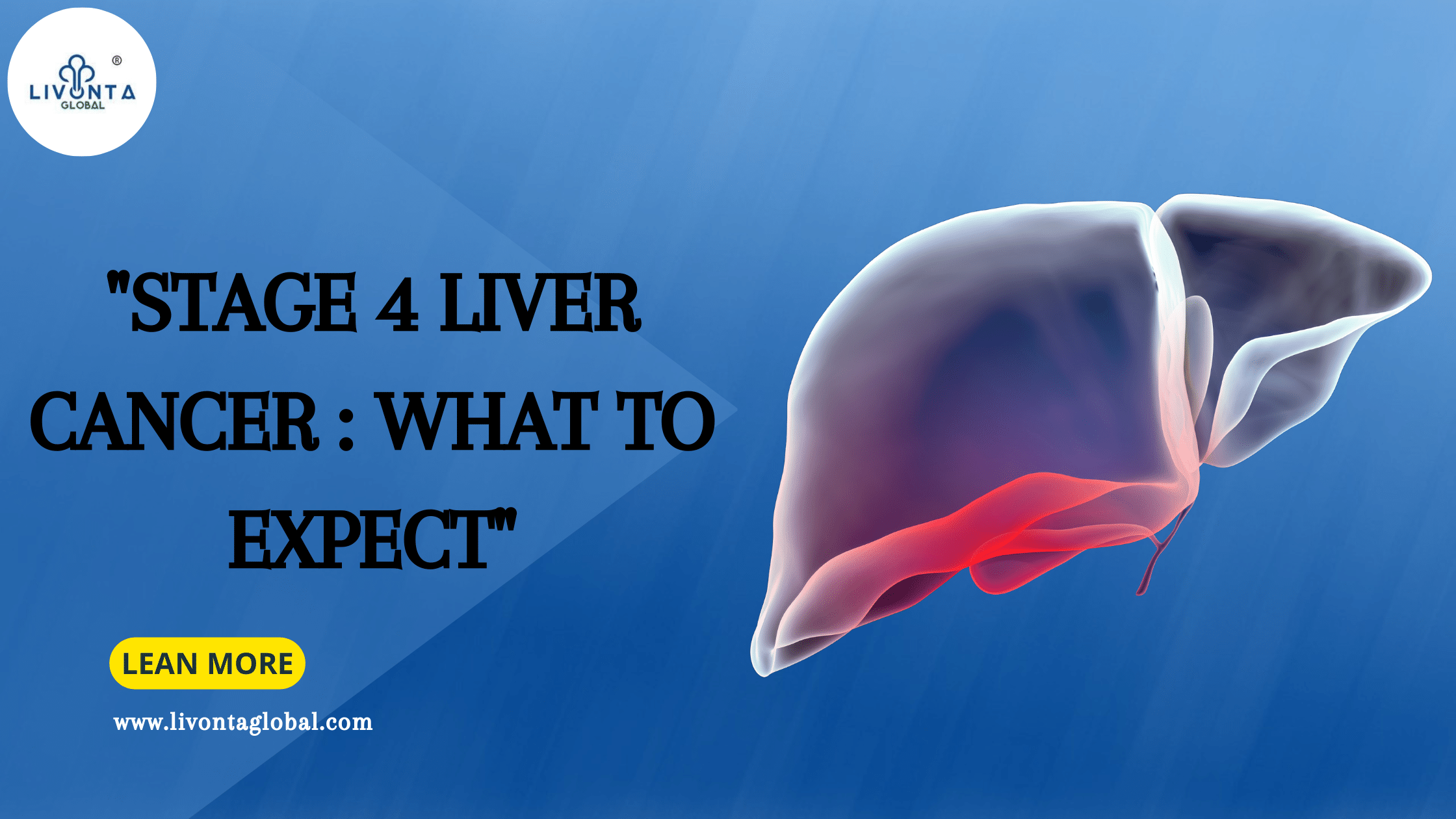The most advanced stage of liver cancer is stage 4. Stage 4 liver cancer occurs when a tumour starts in the liver and spreads to local lymph nodes, distant lymph nodes, or other organs.
Over the course of their lives, about 1% of Americans will develop liver and intrahepatic bile duct cancer, with more than 42,000 instances being diagnosed annually. According to the data from the best liver hospital in India, liver cancer is rather uncommon when compared to other types of cancer.
Men are more likely to experience it than women, and men of Black, Native American, Hispanic, Asian, or Pacific Islander heritage are more likely to do so than men of other races.
When liver cancer has progressed to other organs and/or lymph nodes in addition to other tissues, it is classified as stage 4 liver cancer.
Despite the complexity of staging liver cancer, it can be used to assess how much of the disease has migrated outside of the liver and suggest potential treatments. The liver cancer substages are dependent on the size of the tumour (T), if lymph nodes are involved (N), and whether the cancer has spread to other body areas (M).
The following variables are used to stage liver cancer by the liver hospital in India:
- T stands for the number of tumours, their size, and whether or not they have spread to surrounding structures.
- If the tumour has progressed to any lymph nodes close to the liver, they are designated with the letter N.
- M stands for metastasis, which means that the tumour has spread to other organs and distant lymph nodes in addition to the liver (such as the lungs).
Stage 4 Liver Cancer Symptoms
There may not be any symptoms when liver cancer is in its early stages. Furthermore, the signs and symptoms of liver cancer aren’t necessarily correlated with its stage. Each person’s experience with the condition is particularly individualised and should be treated with one of the best liver doctors in India.
The following are some of the warning signs and symptoms of advanced liver disease, which raises the risk of liver cancer:
- Pain in the abdominal region
- abdomen fluid and abdominal swelling (ascites)
- Loss of appetite
- feeling satisfied after with a small meal (early satiety)
- widespread itching
- Jaundice
- an enlarged liver
- vomiting and/or nauseous
- enlarged spleen
- unexplained loss of weight
- swollen legs
Stage 4 Liver Cancer Treatment
Liver cancer at stage 4 is incurable. Treatment, however, can help control its symptoms and development.
The course of treatment for stage 4 liver cancer will be heavily influenced by cancer’s stage and the general health of the patient.
There are three different classifications for liver cancer, each of which will determine the potential course of treatment:
- Possibility of resection or transplant
- Advanced cancer that is incurable
- Improbable cancer that has not gone past the liver
Life Expectancy
The five-year survival rate is typically used as the baseline for the prognosis in cancer. This represents the quantity of patients who have endured five years following a diagnosis. Depending on the stage of the cancer, it varies.
The Surveillance, Epidemiology and End Results (SEER) programme, which is a division of the National Cancer Institute, provided information on stage 4 liver cancer life expectancy. Instead of using cancer stages 1 through 4, SEER divides cancers into localised, regional, and distant categories. The distant category includes liver cancer at stage 4.
What is a 5-year relative survival rate?
Persons with the same type and stage of cancer are compared to people in the general population using the relative survival rate. For instance, if the 5-year relative survival rate for a particular stage of liver cancer is 30%, it means that individuals with that cancer have an approximately 30% greater chance than individuals without that cancer of surviving for at least 5 years following diagnosis.
For information on survival rates for various cancers, the American Cancer Society uses data from the SEER database, which is run by the National Cancer Institute (NCI) –
- Localized: The cancer does not appear to have spread to other organs outside the liver.
- Regional: The malignancy has progressed to neighbouring lymph nodes or structures outside the liver.
- Distant: The cancer has invaded distant organs like the lungs or bones.

Leave a Comment